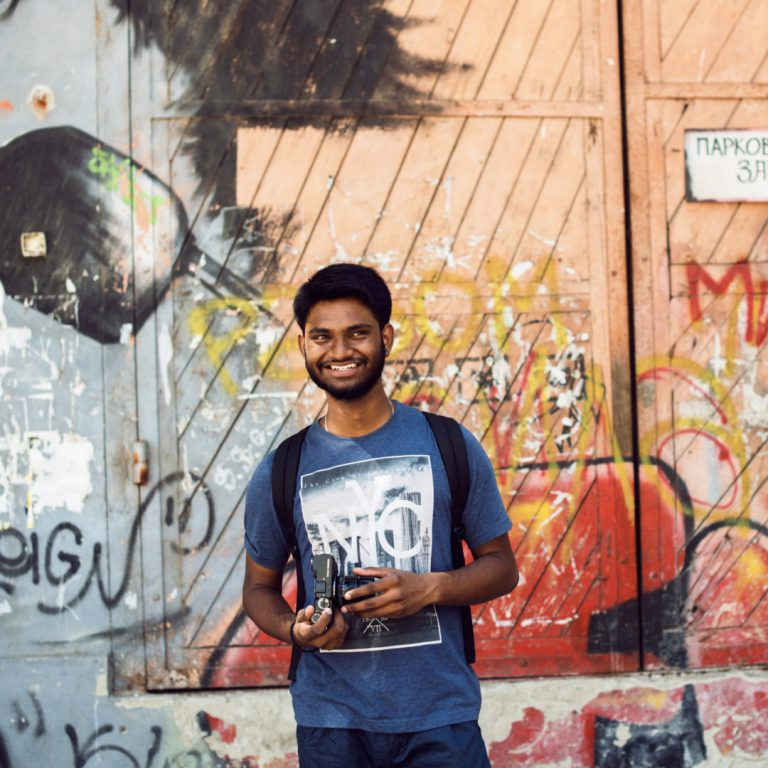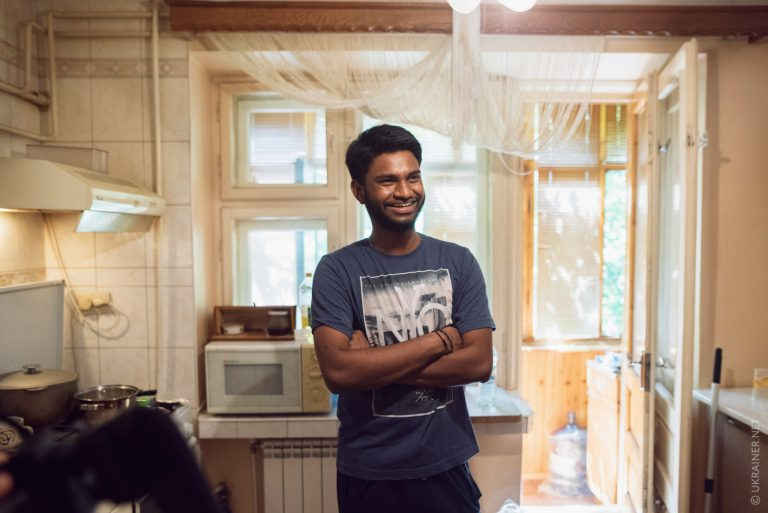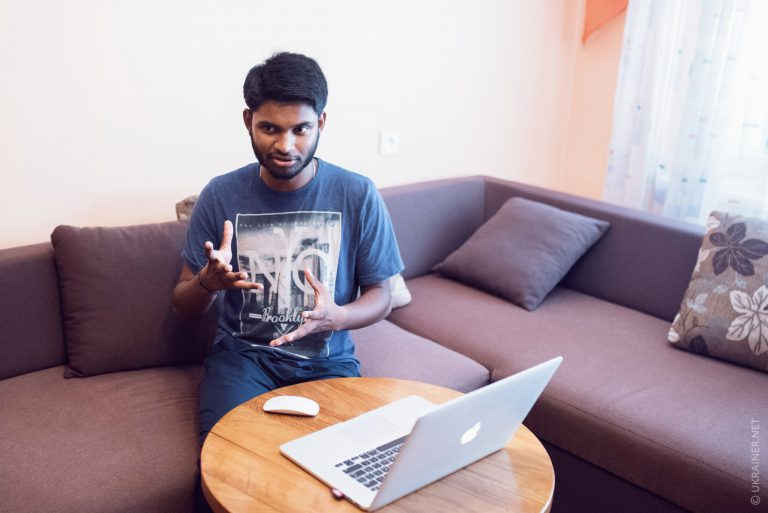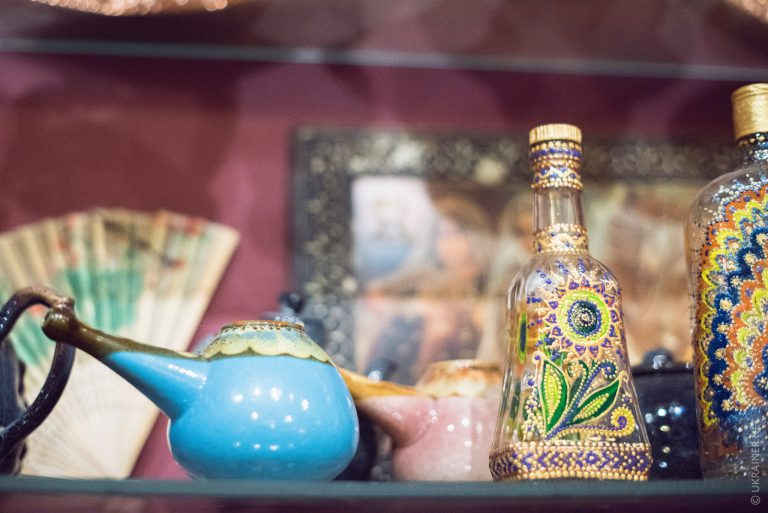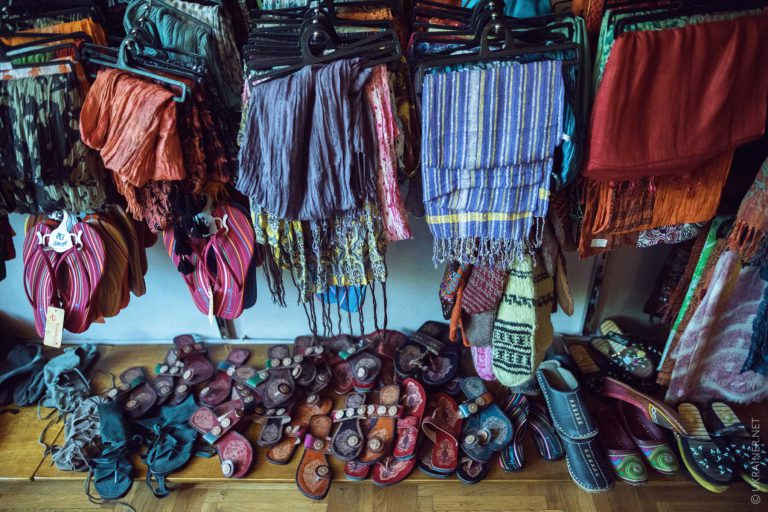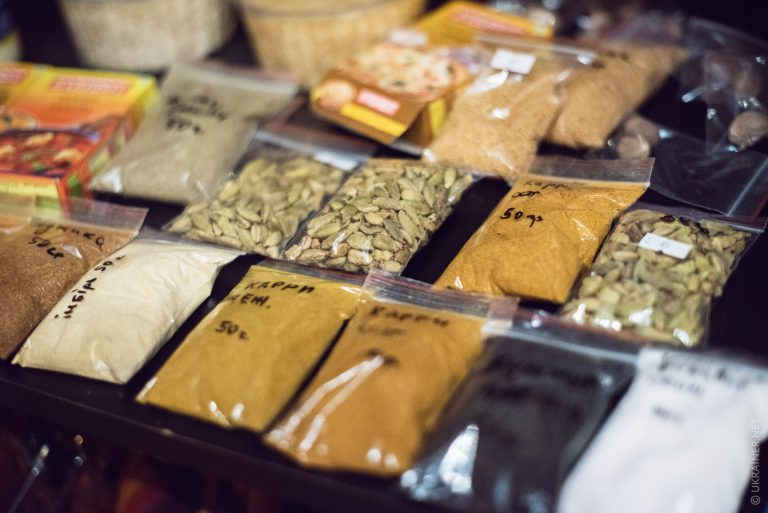A lot of cities in Southeastern Asia have districts with areas of compact settlement for the Indians. No wonder these places are called “Little Indias.” There is Chinatown for Chinese people as well. European cities also have such areas, however, they look more up-to-date because the resettlement took place later. In Ukraine, only Romani communities have areas of compact settlement.
But our story is about those who come to Ukraine to receive higher education. Why do students from India come to study in Ukraine and how does Ukraine accept them? What can Uzhhorod — the smallest regional centre — offer to students from the second most populated country in the world?
According to the data of the Ukrainian State Center for International Education (USCIE), there are 64,000 foreign students in Ukraine which came from 148 countries of the world. 6,145 of them are Indians. So each tenth foreign student in Ukraine comes from India. More people come to study in Ukraine just from Azerbaijan and Turkmenistan.
UNCIE
Ukrainian State Center for International Education (UNCIE) was created in 2003 by the Ministry of Education and Science for the promotion of Ukrainian education abroad and informational support of foreign students.The director of USCIE, Olena Shapovalova, claims that India with its 1.3 billion population, half of which consists of people younger than 21, has an enormous amount of potential students. Only Chinese students studying abroad prevail over Indian students. Yet, it’s not that easy to come to Ukraine to receive higher education. India is not the country of migration risk, nevertheless, the process of receiving the Ukrainian visa is very complicated and expensive for the Indians.
In the 2016/2017 academic year, the number of applications for Ukrainian higher education from Indian students increased immensely — from 2,194 to 3,500. Most Indian students receive a medical degree. They also want to study aviation engineering, IT, economics, and international relations in Ukraine.
Most Indian students study in 5 Ukrainian colleges: Kharkiv National Medical University, V. N. Karazin Kharkiv National University, O. O. Bogomolets National Medical University, Zaporizhzhia State Medical University, and Uzhhorod National University. The last one obtained the license for foreign students’ education only in 2016. Unlike the cities with million+ population, like Kharkiv, Kyiv or Zaporizhzhia, it’s easy to spot Indian students in little Uzhhorod, and it’s easier to communicate with them. That is why we chose Uzhhorod to get to know about the daily life of the Indian students in Ukraine.
Hari Krishnan
We came to visit Hari to see the life of an average Indian in Ukraine. Hari hires his apartment. He says it is difficult for a foreigner to do it: foreigners are expected to pay more.
slideshow
— Uzhhorod is a very calm city. I can come home and do what I need to do. It is not so comfortable in India because of the noise and cars. Here it is quiet. I can even hear birds singing. Uzhhorod is a small city, and people here are nice. It is good to live here and to communicate with others, I have a lot of Ukrainian friends. I also lived in Eastern Ukraine, and I can say that it is more comfortable for me here because people are more companionable, and it is closer to Europe. I moved here from Luhansk. People there are different. They become aggressive even when they hear us speaking English. When I was a first-year student I couldn’t speak either Russian or Ukrainian, I only knew “Здравствуйте” (“Hello” in Russian) and “Спасибо” (“Thank you” in Russian).
Hari started shooting in India. He had been shooting for the local newspaper for a year, and then he was working in the model agency for half a year.
— I am studying Medicine, and I do think after a couple of years that medicine and photography combine really well. I work as a fashion photographer or a street photographer. I took a lot of black-and-white photographs. Here people know me as an Indian guy who takes black-and-white photos.
— Now I have a lot of work, while the first year was really hard. People didn’t know me, and I didn’t know anyone here. I had to persuade them that I was a photographer and not a bad one.
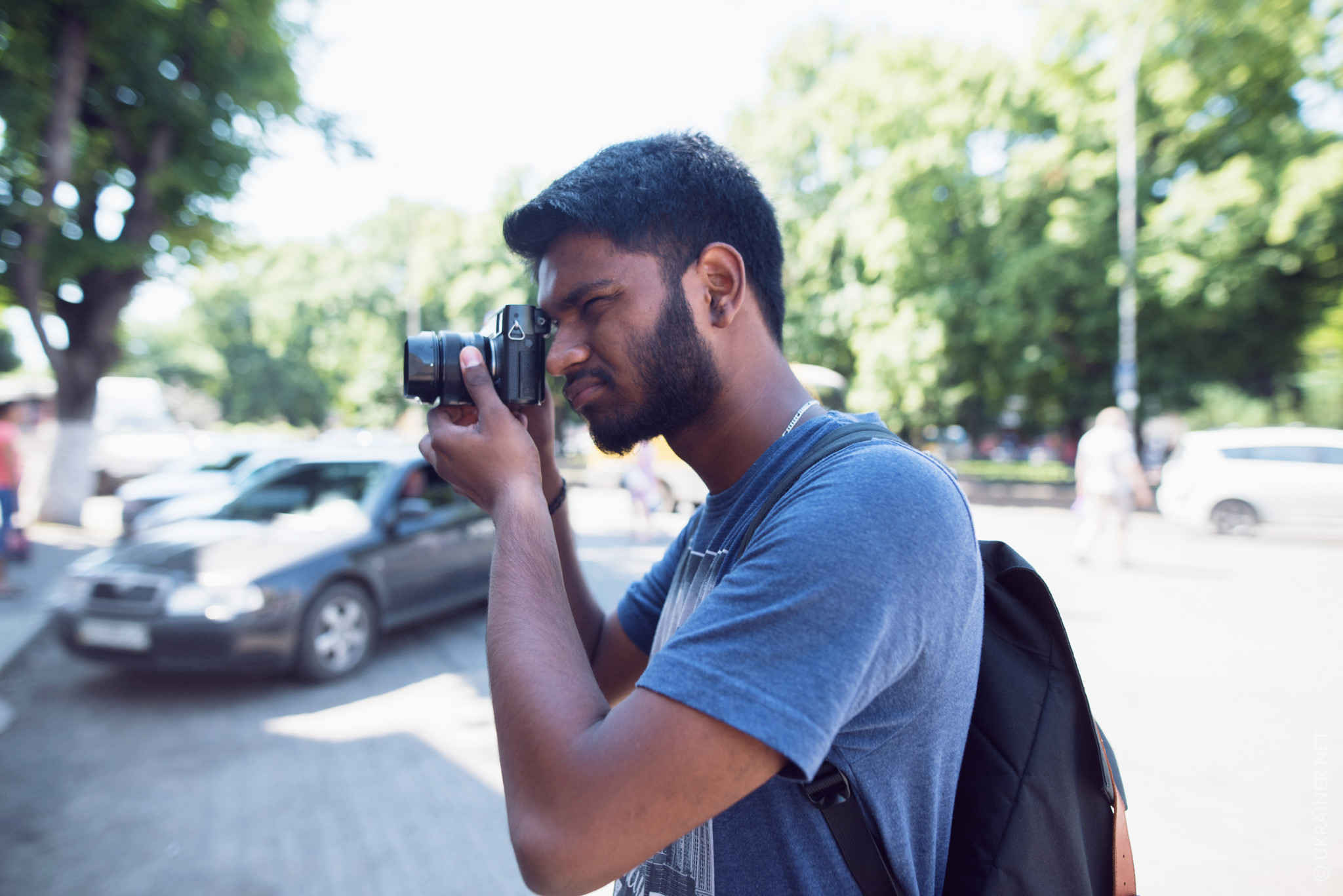
The community of foreign students in Uzhhorod is not that big, only 300-400 foreigners, among them: the Indians, Sri Lankans, Africans. Totally the representatives of 15-20 countries.
— There is a little café for those who want to try the Indian cuisine and for the Indians who miss their homes. I cook at home by myself. I like Ukrainian food as well but I am a vegetarian, and it is difficult for me to buy good fruits and vegetables in winter here. As for the spices, sometimes I can find all I need at the flea market near Luxor Plaza Mall (in Koriatovycha Str.) in summer. In winter, spices are either too expensive or they are absent. Each time I go to India, I come back to Ukraine with the full bag of spices. True story.
Hari says that one of his friends had been studying in Luhansk for 6 years, and, in the result, he did not get any university diploma because the war in Eastern Ukraine started. That is why he studies in Uzhhorod now on the third course. He had to start from the very beginning. Indian students either pay for their education by themselves, or their families may help them.
— The Indian government does not support us. India is overpopulated, and the government cannot afford to pay any scholarships. In most cases, parents help students. My work helps me to pay for my expenses. My parents only pay for my education.
Answering the question “What would you recommend to visit in Uzhhorod?”, Hari says:
— It is my dream to bring my whole family here and to show them the bank of the Uzh River. I like walking there, shooting nice people and beautiful places. There are a lot of interesting places outside Uzhhorod. I often go to the mountains. There are a lot of rivers and forests there. I like Pylypets Mount, the forest near Mukacheve, Palanok castle in Mukacheve.
Hari is showing the video which he was shooting on Pylypets Mount for an Indian singer who studies with him.
Hari is from Southern India, and his home is located right in front of the ocean. He says that he does not worry much about visiting home so rarely.
— I used to live near the ocean for a long time, well, now I live near the mountains. This is a different experience. I was in the Himalayas in India, where it was also very cold. That is why I have gotten used to such a climate.
Hari felt intolerance in Luhansk like most other Indian students. People treat him much better here in Uzhhorod.
— There are good and bad people in every country. If I choose good people and ignore bad people, I will be happy. There are people in India who won’t treat you well but most people will treat you normally. I feel less intolerance here in Ukraine now. Especially in Uzhhorod. In Luhansk, 60% of people were negative-minded, and the rest 40% of people were positive-minded or neutral. Here there are only 10% of negative-minded people. Some people just do not like a different colour of the skin. Mostly these are older people. The young generation here doesn’t have complexes and problems with English language. They start studying foreign languages and know much more. And that is good because English is necessary for work. Being descendants of the former British colony, we also study English. It is easier to travel when you know languages.
— Travelling in Europe, you can meet a lot of people with dark skin. Uzhhorod is close to Europe, so it is also normal here. But I remember when I first came to Uzhhorod, people looked at me as if I were an alien. There were not many foreigners at that time. There were the Slovaks and Hungarians, but they are not so much different from the Ukrainians. You could rarely meet a person with a different colour of skin. Now it is more common.
Hari says that there are more than 30 official languages in India. Every region has its official language. Hari knows eight languages, four of which are Indian. He used to live in Dubai for some time, so he knows Arabic as well. And he tried to speak Ukrainian with us.
Medical Education: Ukraine vs. India
For an average Indian family medical college in India costs too much — $10-15,000 annually. In Ukraine, a foreign student can study for $2,500 annually. The difference is obvious, that is why many Indian parents encourage their children to study abroad. The Indian students choose from China, the Philippines, Nepal, Latvia, Russia, Georgia, Kyrgyzstan, and Ukraine. Students emphasize the fact that Ukraine has one prerogative — its geographical location. It is close to Central and Western Europe, and it is far from India. Farther from home means higher chances to become responsible and independent.
It is not only prestigious but also profitable to be a doctor in India. The average salary of an Indian doctor is $2,000-5,000 per month depending on a speciality. In Ukraine, state doctors earn much less. After the graduation, Indian students have to pass the exam in their homeland and to obtain a doctor’s license according to the results of this exam. They can start working only after passing this exam.
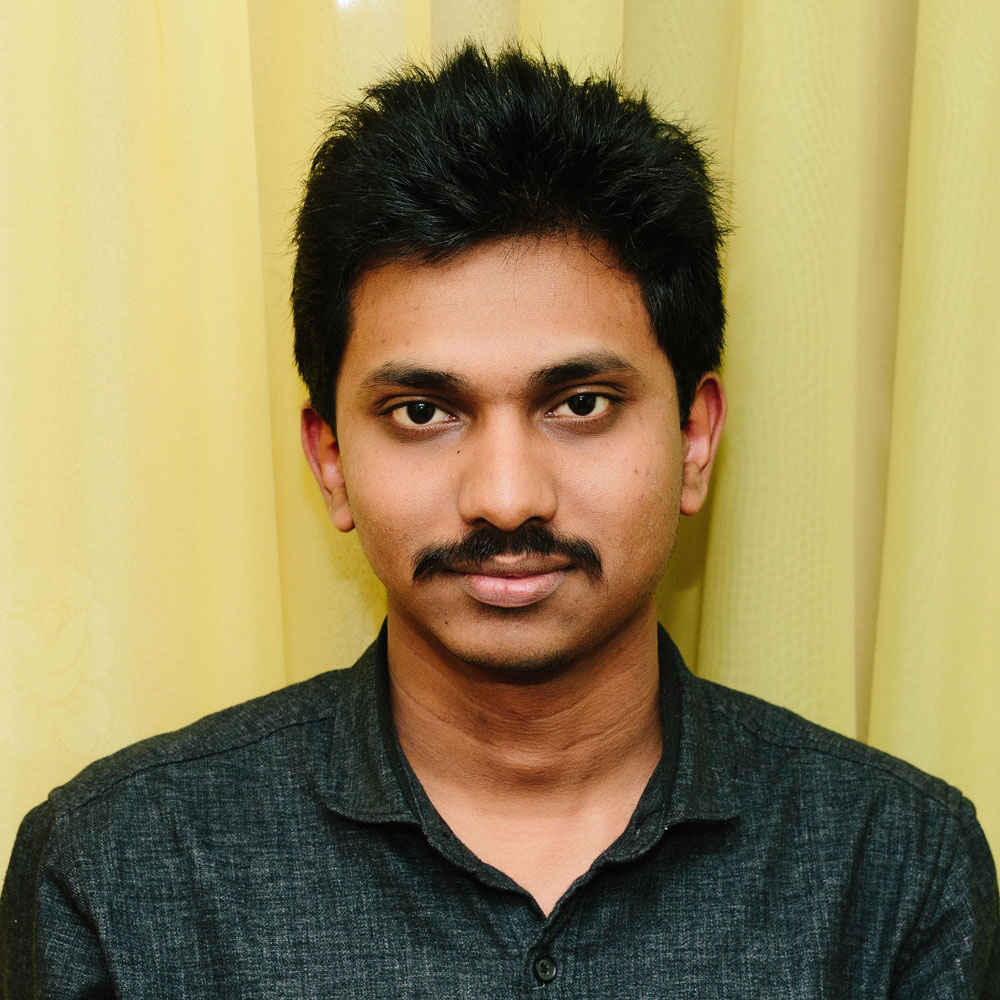
Ajmal Abdul Majid
Ajmal tells us that, after graduating from school, he wanted to become a doctor very much but he couldn’t make it in India. The education in India cost too much, and the contest was very serious, that is why his parents sent him to study in Ukraine.
(There are a lot of agencies in India that offer support in admission to foreign colleges, Ukrainian among them. They conduct special seminars to provide future students with all the necessary information. — ed.)
During one of such seminars, Charmi met a professor from Uzhhorod National University, and he persuaded her to apply there. Foreign students consider positive reviews as much as the low price for education. Students often tell that they came to Uzhhorod because their older friends and relatives study here. They say that the level of education is high and the atmosphere is welcoming.
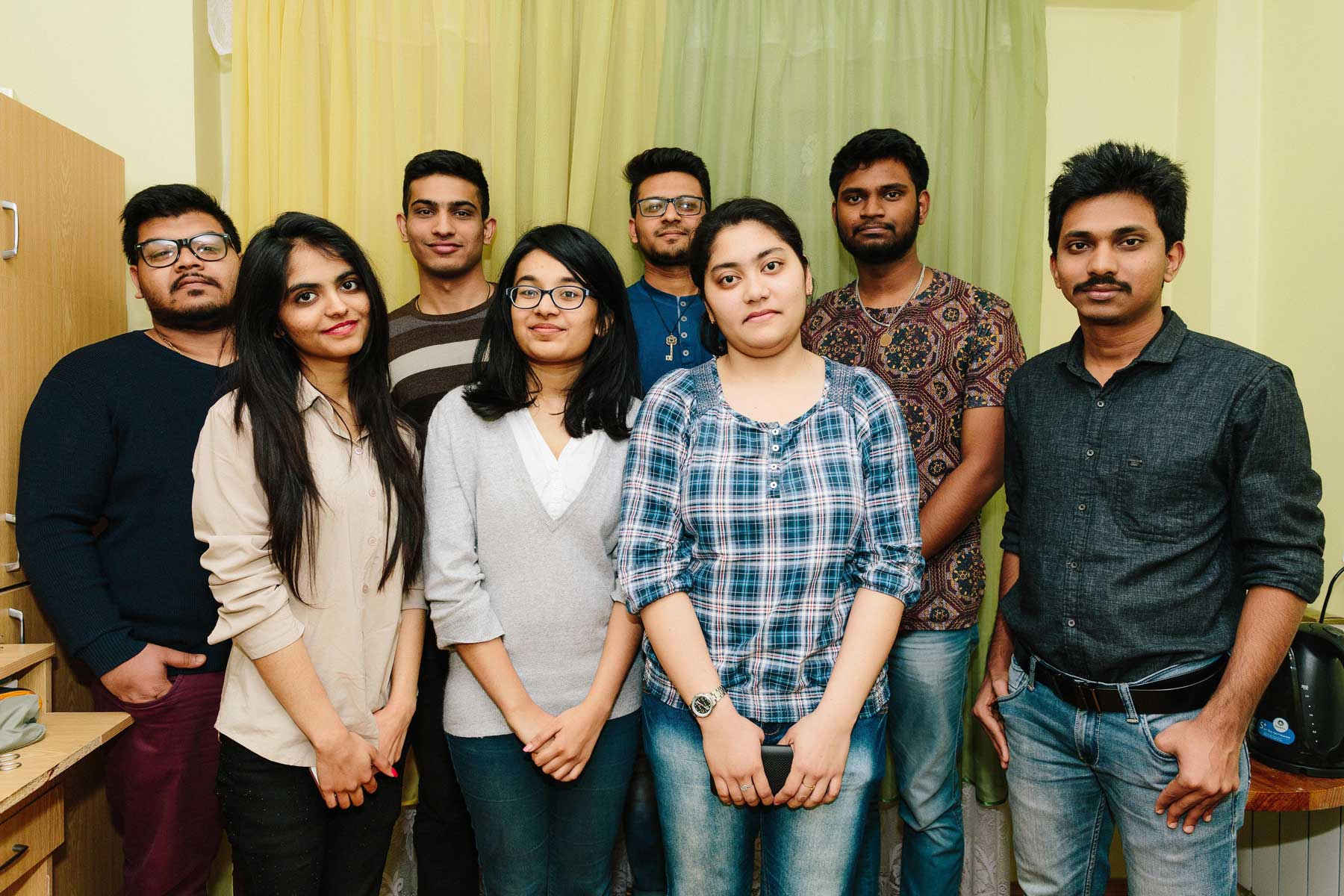

Charmi Ramanuj
Charmi says that she has always dreamt of being a doctor because she knows a lot about diseases and body processes. She is interested in the way a human body works. She wants to help sick people:
— In India, people respect you if you are a doctor. You have a bright future until the end of your life because you can save human lives and receive a blessing for that. The demand for doctors is great, as the population in the country is growing rapidly.
Shikku says that, according to some prediction, the population in India can double during the next 40 years. The demand for qualified doctors will also rise correspondingly:
— There must be at least one doctor for 100 people. That is why young specialists will always have work. This new medicine boom replaced the IT boom. 5-6 years ago all parents wanted their children to be programmers.
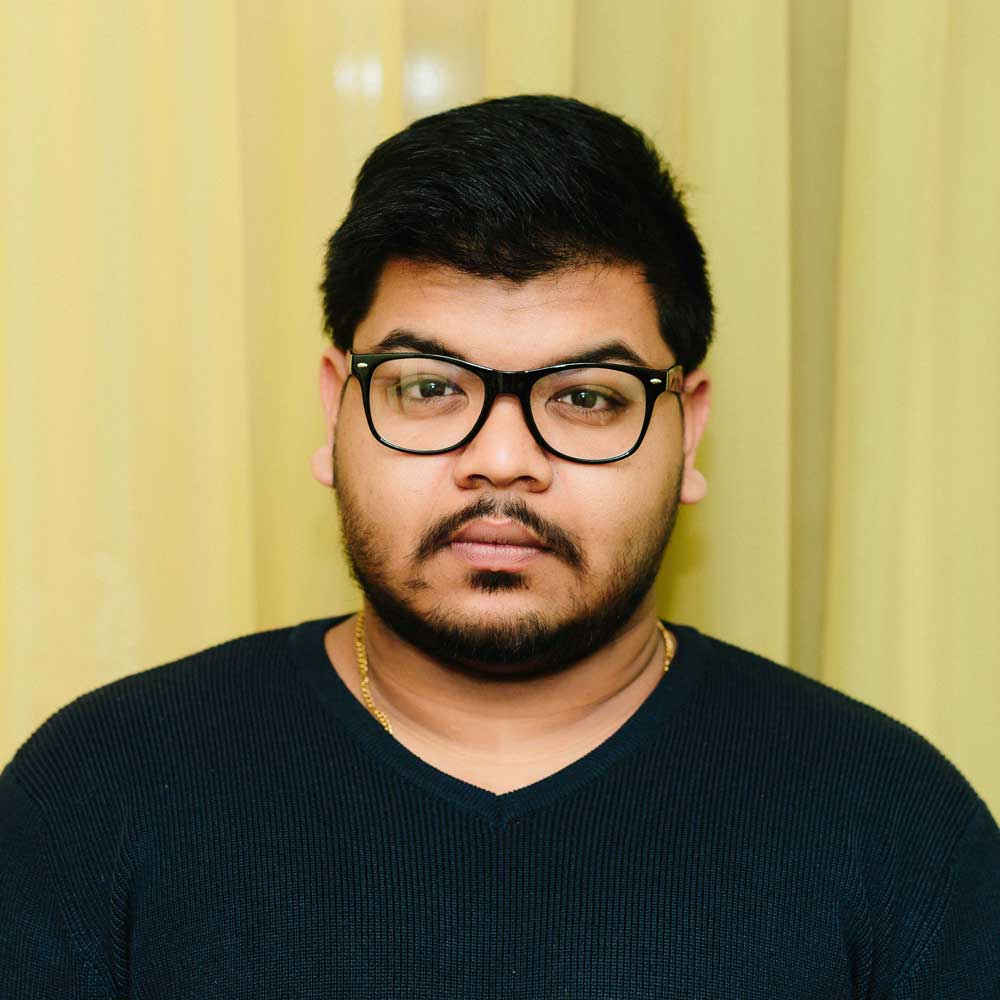
Shikku Paulose
Indian students plan to come back to India because they miss their families who are waiting for them. They see them only a couple of times a year. Adjmal admits:
— Yeah, I am planning to get back to India but it doesn’t mean that I don’t like Ukraine. I just want to work in my native country.
Some Indians still consider the opportunity to work in Ukraine or any other country before going back to India.
Food and Rituals
There are several places in Uzhhorod which are connected to India. It’s the place with an Indian doner kebab and an Indian canteen for students who eat there from time-to-time. There is also a place for Buddhists and Krishnaites. They serve Indian food for free there. Students say that they like the atmosphere of these places: it reminds them of their homeland because they follow the Indian traditions. However, Indian food in Ukraine is far from being really Indian.
Charmi tells:
— For instance, they serve ginger water here in a café, but we don’t drink ginger water during supper or dinner. The food is great in general, yet some real Indian taste is missing. I think it’s more like the mix of Ukrainian and Indian tastes.
The student recommends to taste real Indian masala tea in the place called “Eat Me Cafe”:
— When I drink it, I feel like I am in a street in India. They make very good tea with honey and all the necessary spices.
The same as Hari, Charmi doesn’t eat meat, and she is upset that there are just a few vegetarian eateries in Uzhhorod. For example, a vegetarian eco-cafe called “Yasne Sonechko” (The Bright Sun).
slideshow
Internally Displaced
Shikku had been studying in Luhansk for three years, and then he moved to Uzhhorod in 2014. He admits that he was really worried about his education.
— We had heard about Maidan (Ukrainian Revolution in winter of 2013-14) in December 2013, and we had a range of troubles after those events, but the university (Luhansk National Medical University) was still working till June 2014. There were troubles with banks, and we couldn’t receive any cash. We heard some explosions near the city at the end of May. We thought we could finish that academic year, go back to India for summer holidays and return in September when it would be all over in Luhansk. And then the Ambassador of India came to the university and warned us: we had to pack things and leave the city in 72 hours. The Embassy of India paid for the railway tickets for all the foreign students, not just Indians. We arrived in Kyiv and were living in a hotel for some time.
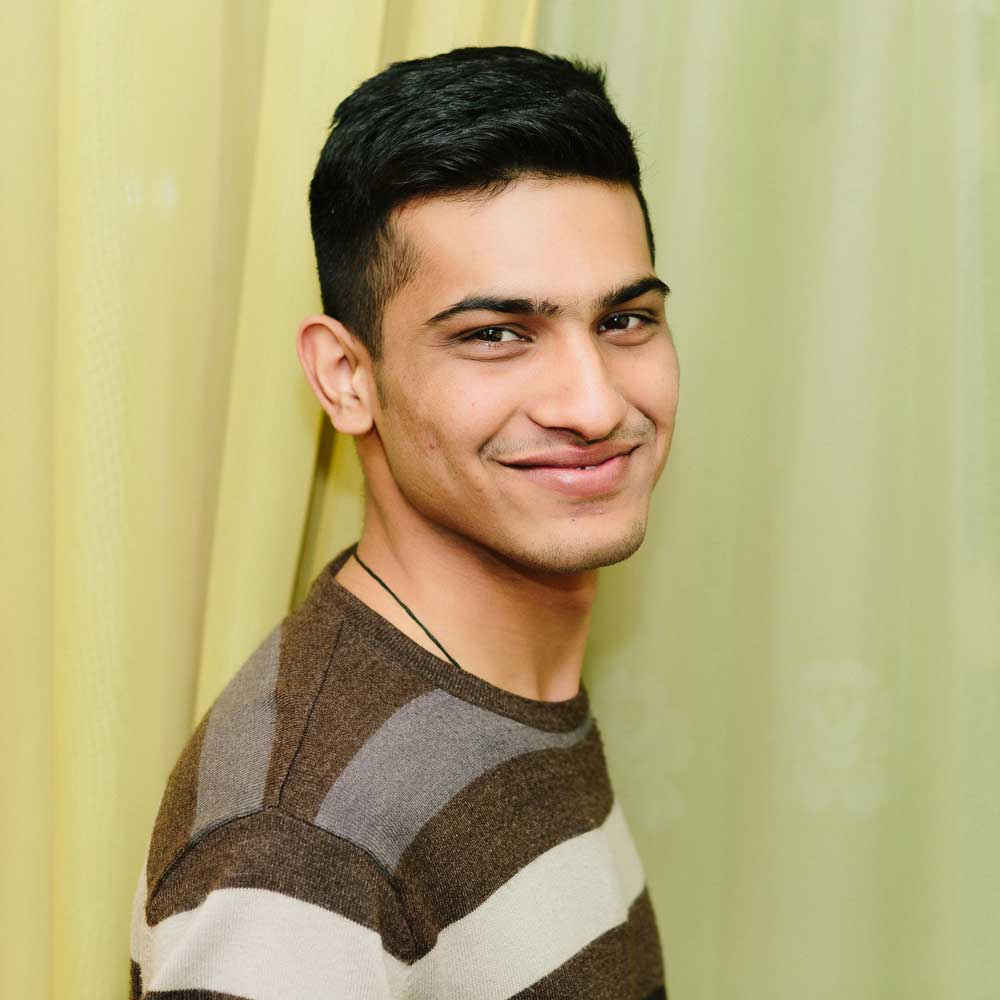
Milap Joshi
Before the events in Crimea, Milap arrived in Simferopol and spent a month there getting ready for the admission exams.
— It was cool, there was the Black Sea nearby. But then Crimea became a part of Russia, and I couldn’t enter the university anymore. That is why I came to Uzhhorod.
In 2014 Indian students from Luhansk, Donetsk, and Crimea were relocated to Ternopil, Uzhhorod, Lviv, and other cities in Ukraine.
Shikku says that, after three years spent in Luhansk University, it was difficult to imagine relocation to any other city in Ukraine. Now he understands that this relocation was the best thing that could happen to him and other Indian students.
— We receive better education here, live in better conditions; we are surrounded by cool people. Most of our teachers have a European education and a good command of English.
The guy confesses that Luhansk teachers loved U.S. dollars a lot:
— We had to pay 100 dollars to pass the exam sometimes. They used to tell the price directly. It’s madness! Of course, not all the teachers did that, but some of them were problematic.
Adjamal moved to Uzhhorod after three years spent in Luhansk. He says that the attitude to Indian students here is better compared to Luhansk.
— Older people are especially nice to us: they often ask about our accommodation and education here. They also ask about old Bollywood actors and Indira Handi. The USSR was on friendly terms with India, that is why they remember so much probably. I did not notice such an attitude in Luhansk.
The Indians also noticed one peculiarity of Uzhorod — its Romani community. Ajal shares with his observations:
— It may sound strange but the Romas think that we are related to them. Maybe because of the dark skin. They even persuaded local people in that. People thought that we were Romas and could spread some contagious diseases. We could notice that attitude in public transport where people were irritated by our presence. One day the owner of the sauna refused us to enter because of our skin colour.
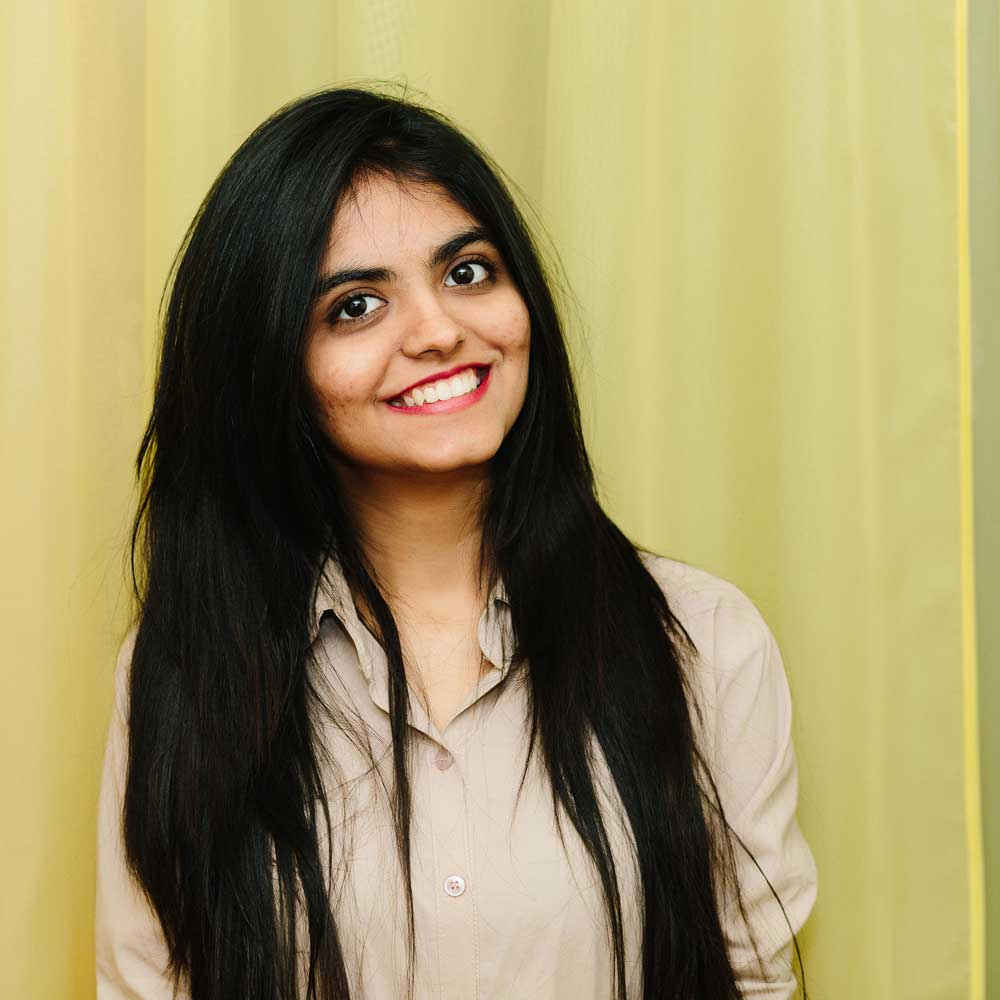
Aneri
Aneri also has some negative experiences of interaction with locals:
— Indians are a new phenomenon for Uzhhorod, that is why local people can demonstrate some racism. Sometimes drunkards may follow us because they think we are helpless here. The face of the shop assistant in the grocery store in front of our hostel speaks for itself. When we enter she might think: “Oh God, those Indians again!” She is rude to us, and she mocks us with other shop assistants. And of course, those unfriendly looks in the streets.
Students who came from Luhansk say that it was dangerous to walk in the streets there because of the dark skin which provoked local people.
Shikku says that people in Luhansk would often not answer him when he said “Здравствуйте!” (“Good afternoon” in Russian) to them.
— I could not understand what was wrong. Maybe I had to speak English with them? Here in Uzhhorod, I can talk freely with people, even with elderly ones.
Shikku thinks that such things can be explained by the low level of education in Luhansk. Or by the fact that Luhansk is populated by people of one nation mostly. Uzhhorod, on the contrary, welcomes Slovaks, Hungarians, Polish, Ukrainians. The guy adds:
— Maybe people in Uzhhorod understand that the Indian students are good for the city because we basically invest money in their region paying for education and services, buying goods.
Indian students noticed that people in Ukraine work a lot, especially women. In India, there are not so many women who are working. Ukrainians are also more punctual. It’s clean in Ukrainian cities, and people are more disciplined.
India is special because of its diversity: it’s the county of many languages, cultures, and religions. Regions of Ukraine look more or less alike compared to India. Shikku admits:
— India and Ukraine are totally different countries. When you see a new person in India, you come up to talk even if you don’t know them. Some people also came to us in Uzhhorod to introduce themselves but it was rare.

